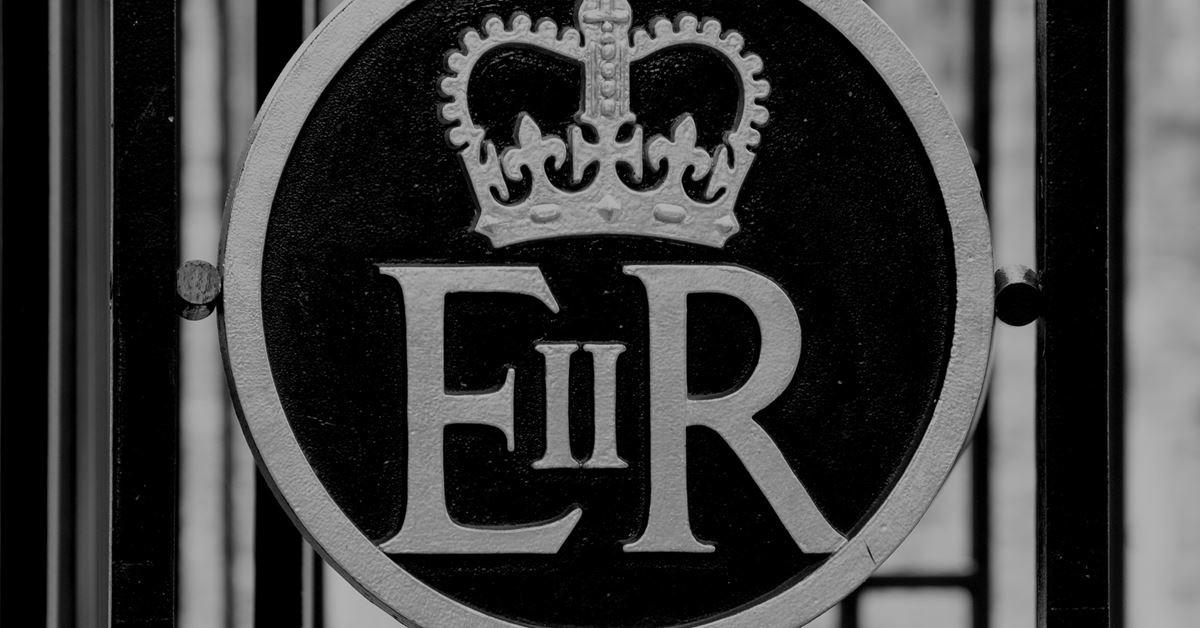
Queen Elizabeth II's Lead Casket
Published on November 16, 2022
- Funeral complex
The death of Queen Elizabeth II on September 8, 2022, sparked a huge wave of emotion as hundreds of thousands of people from all over the world gathered in front of her casket as it lay in state in Westminster Hall, London. On September 19, the casket was then taken to Westminster Abbey, where her funeral was held, and then to the King George VI Memorial Chapel in St. George's Chapel for her final resting place.
If you followed the media coverage of the funeral, you may have noticed that there were eight pallbearers carrying the Queen's casket, although there are usually four or six. The reason is simple: the casket was extremely heavy, as it was lined with lead. This is why:
A royal tradition
Planning for Queen Elizabeth II's funeral began shortly after her accession to the throne in 1952. Her casket was therefore manufactured more than 30 years ago by the Henry Smith Company, which operated from 1869 to 2005. This manufacturer has provided caskets for many celebrities, including Freddy Mercury, Jimi Hendrix and Prince Philip. It should be noted that all members of the Royal Family have a casket made during their lifetime.
The Queen's casket is traditionally made of oak from the Sandringham Estate, a country estate owned by the Royal Family. The handles and locks were supplied by the Newman Brothers, the former manufacturer. After its manufacture, it was kept and maintained by JH Kenyon Ltd. before being transferred in 1991 to the Leverton & Sons Funeral Home, which inherited the Queen's funeral file. Other details about the design of the casket remain unknown, as some information was lost during the transactions.
Protection from moisture
It is known, however, that the casket probably took several weeks to build and that it weighs about 225 kg (500 lbs) because it is lined with lead, just like that of her late husband, Prince Philip, who died in April 2021. In other words, it is as if the wooden casing contained a second casket made of lead.
This very dense metal prevents moisture from penetrating, thus slowing the process of decomposition of the body. This property is especially important because the casket is kept in a vault in St. George's Chapel at Windsor Castle – a place she especially loved – along with her late husband, her parents and the ashes of her sister, Princess Margaret.
The use of lead in coffins dates back to the Victorian era, when no other method of preserving the remains over a long period of time was known. Lady Diana's casket was also designed in this way, as was Winston Churchill's, so this is not a practice exclusive to the monarchy, but rather to people of high status.
The eight pallbearers, soldiers of the Queen's Company of the 1st Battalion Grenadier Guards, were carefully chosen to carry this imposing load, on which also rested the royal standard, the bouquet, the imperial crown, and the royal scepter and orb.
Sources:
https://www.grunge.com/1005138/the-storied-history-of-queen-elizabeth-iis-30-year-old-coffin/
https://www.pointdevue.fr/royal/royaume-uni/qui-sont-les-porteurs-du-cercueil-delisabeth-ii-heros-nationaux